
Inpainting Wizard - AI-powered inpainting tool

Hello! Ready to enhance your images with inpainting?
AI-Powered Image Inpainting, Made Simple
Inpaint this area of my image.
Adjust this part of the photo.
Help enhance this section.
Fix this portion of the image.
Get Embed Code
Understanding Inpainting Wizard
Inpainting Wizard is an advanced AI-driven tool designed to fill or modify specific areas within an image based on a user-provided black-and-white mask. The black portions of the mask indicate areas of the image that should remain untouched, while the white areas mark sections that need to be inpainted. Inpainting Wizard is built to analyze the surrounding context of the masked regions—such as texture, lighting, color, and style—and generate seamless, coherent content that integrates naturally with the original image. It uses machine learning techniques to ensure the inpainted sections blend flawlessly, without looking artificially manipulated or out of place. For example, in a scenario where part of a landscape photo has been damaged or needs to be altered, a user can create a mask to target that region. Inpainting Wizard will then synthesize new content (such as sky, mountains, or trees) to fill that gap, ensuring the newly inpainted area matches the rest of the photograph. Similarly, it can be used to remove unwanted objects, such as a lamppost from a street scene, by painting over it and allowing the system to reconstruct the underlying background using cues from the surrounding areas. Powered by ChatGPT-4o。

Core Functions of Inpainting Wizard
Object Removal
Example
Removing a tourist from a historic landmark photo without disturbing the background.
Scenario
A photographer has captured a beautiful image of a historical monument, but an unwanted person or object is distracting from the view. By creating a mask over the individual or object, Inpainting Wizard can remove the element and recreate the scene behind it, making it seem as if the person or object was never there.
Restoration of Damaged Images
Example
Repairing a scanned old photo where parts of the image have faded or been torn.
Scenario
For individuals or organizations dealing with old, damaged photos, such as archivists, Inpainting Wizard can help restore missing or damaged sections of an image. A mask can be applied to areas that have faded, torn, or become corrupted, and the AI will intelligently restore the sections by filling in missing details like faces, scenery, or even textures of clothing.
Background Enhancement
Example
Extending a landscape by adding more sky or scenery to fit a wider frame.
Scenario
In landscape photography, a designer may wish to extend the background of an image to accommodate a wider frame, such as for a magazine cover. By masking the edge of the image and providing space for new content, Inpainting Wizard can extrapolate the existing landscape (trees, mountains, sky, etc.) to extend the background seamlessly.
Scene Modification
Example
Changing the season in a photograph from summer to winter by modifying trees and the environment.
Scenario
A marketing agency might want to repurpose a summer image for a winter campaign. By masking the environment, such as trees or the ground, Inpainting Wizard can replace these elements to reflect a winter scene, adding snow to the trees and adjusting the colors of the environment to reflect a colder season.
Creative Design Alterations
Example
Repositioning elements in an image without leaving traces of the previous positioning.
Scenario
In a product photoshoot, an art director may want to adjust the position of a model or object after the fact. By masking the original positioning, the tool can remove the object from the first spot and place it somewhere else in the image without any noticeable artifacts, allowing for flexible post-production editing.
Ideal Users of Inpainting Wizard
Photographers
Photographers, both professional and amateur, can greatly benefit from Inpainting Wizard. They often need to remove unwanted objects from their photos, enhance backgrounds, or restore damaged images. For example, wedding photographers may need to remove a bystander from a shot, while landscape photographers might extend a horizon or enhance a sky to create a more compelling image.
Graphic Designers
Graphic designers working on promotional material, advertisements, or creative projects often require precise alterations to images. Inpainting Wizard helps them modify scenes, reposition elements, or even change entire backgrounds seamlessly, giving them greater creative control. A designer creating a campaign for a retail brand may use the tool to remove distracting background elements or adjust the placement of key products in the image.
Photo Restorers and Archivists
Those who specialize in photo restoration or historical archiving can use Inpainting Wizard to repair old or damaged photos. This includes filling in missing sections of an image, restoring faded areas, and ensuring historical documents are preserved digitally in their best possible state. Archivists working with historical photos can benefit by using the tool to intelligently reconstruct damaged or incomplete parts of an image without altering the overall authenticity of the document.
Marketing Agencies
Marketing and advertising professionals often need to alter images for specific campaigns, such as changing the season or setting, removing unwanted elements, or adjusting backgrounds for different platforms. Inpainting Wizard enables them to quickly adapt images for diverse needs without reshooting content, saving time and money. Agencies working on seasonal ads can modify product photos to fit a winter campaign, even if they were shot in summer.
Social Media Influencers
Influencers and content creators who manage their visual brand on platforms like Instagram or YouTube can use Inpainting Wizard to perfect their photos. This could include removing unwanted objects in the background of a lifestyle shot, enhancing the scenery to fit a specific aesthetic, or retouching small parts of the image to make it more visually appealing to their followers.

How to Use Inpainting Wizard
Step 1
Visit yeschat.ai for a free trial without login, also no need for ChatGPT Plus.
Step 2
Upload the image you want to edit. Ensure that it’s high-resolution for optimal results.
Step 3
Provide a black-and-white mask highlighting the areas to be inpainted. The white parts indicate the areas that need editing.
Step 4
Click ‘Inpaint’ and allow the AI to process the image. The tool will generate a seamless and contextually accurate update to the selected regions.
Step 5
Review the result and download your edited image. For best results, use images with clear lighting and consistent textures.
Try other advanced and practical GPTs
Crypto Mining Trader's Edge
Empowering Miners with AI-Powered Analysis

Hardware Lifespan Status
Decoding Cisco Hardware Lifespan with AI

English Letters Teacher
Bringing letters to life with AI!
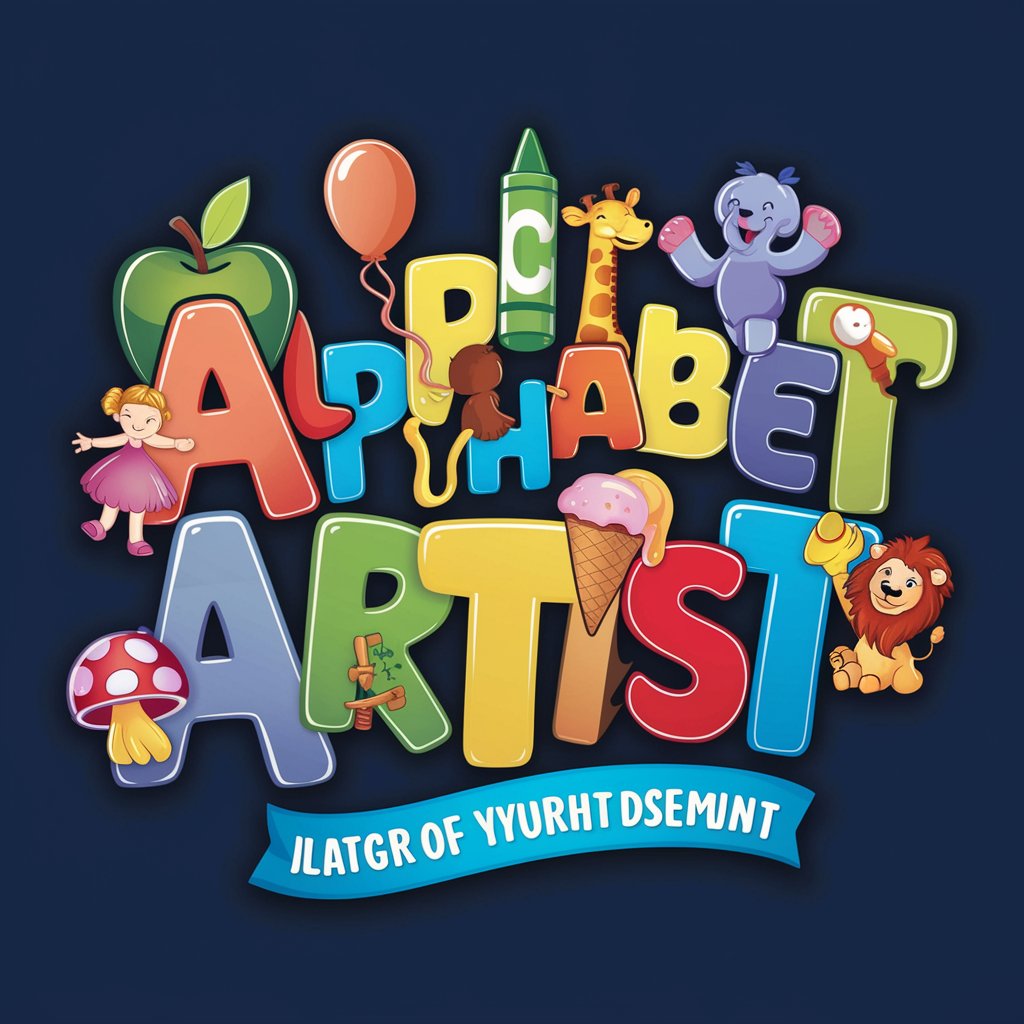
Cover letters expert
Your AI-powered career advancement tool
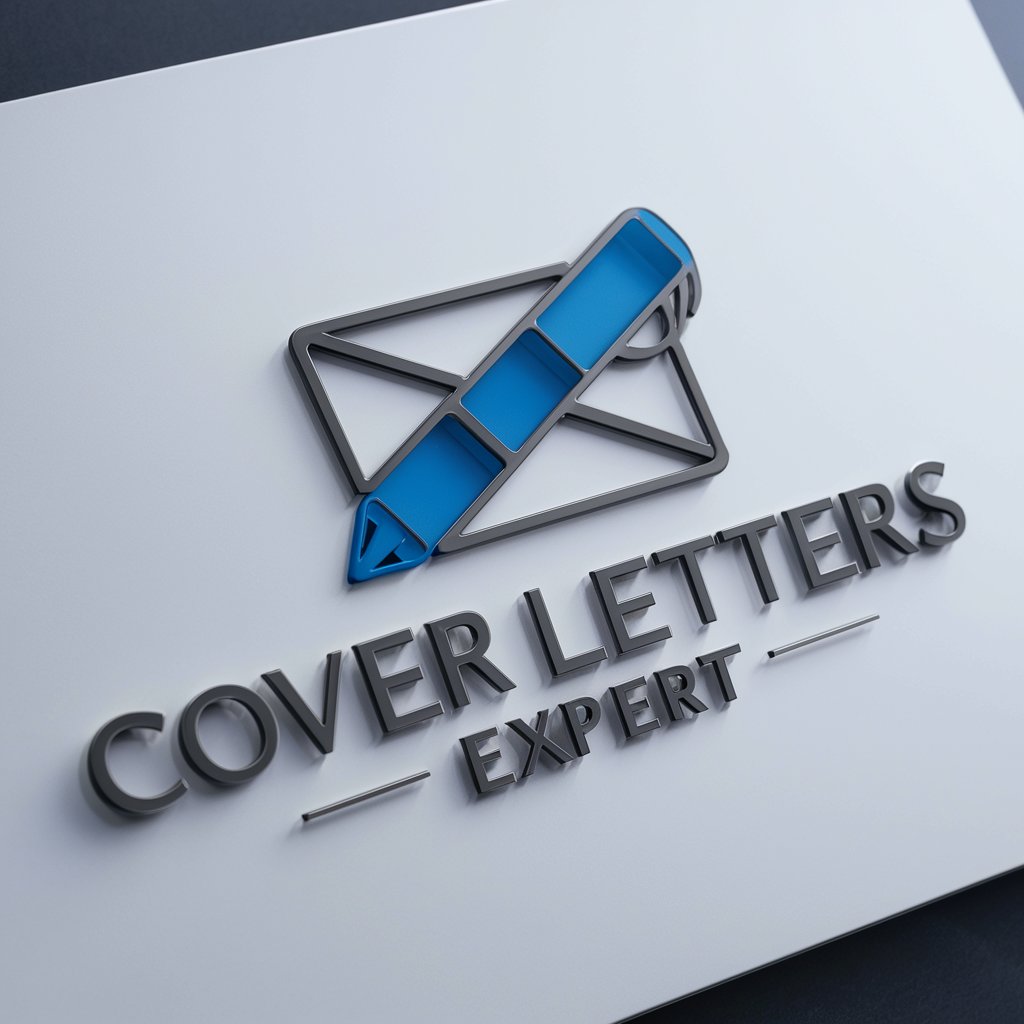
Bezos' Letters
Channeling Bezos's Business Acumen

Global Trend Getters
Navigate global trends with AI power

Virology and Immunology Expert
AI-powered expertise in virology and immunology.

Shimmer
Crafting Your Ideas into Artistic Prompts
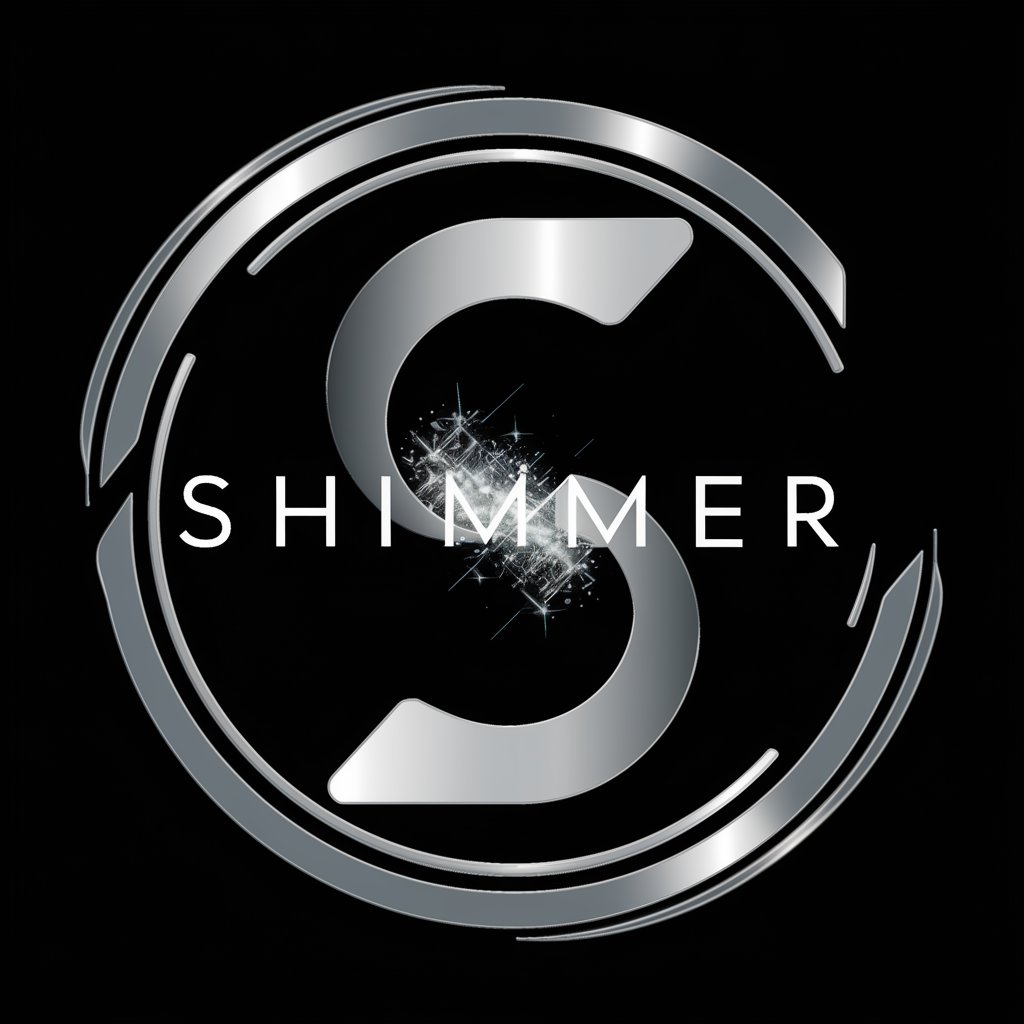
Glittering Bloom
Craft whimsical, glittery digital art effortlessly.
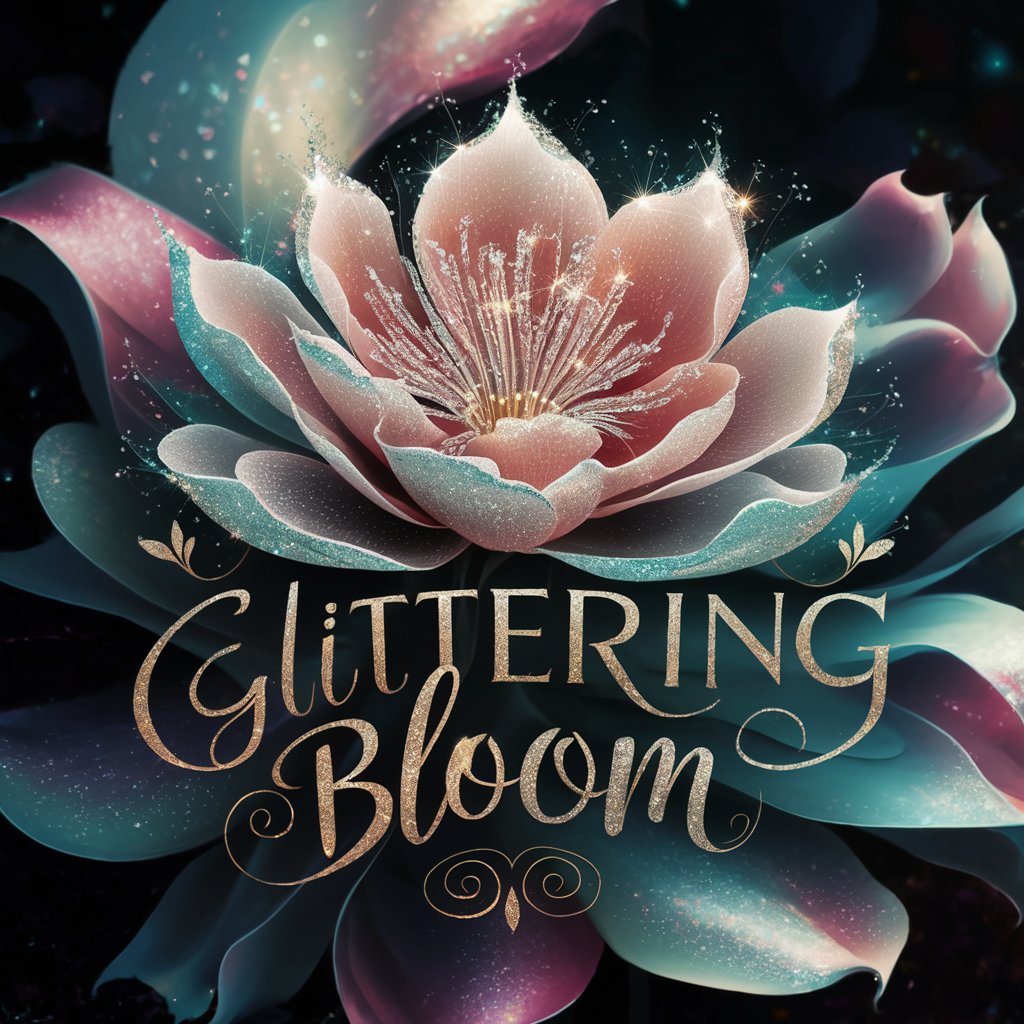
Padel Matchmaker
Connecting Players with AI Precision
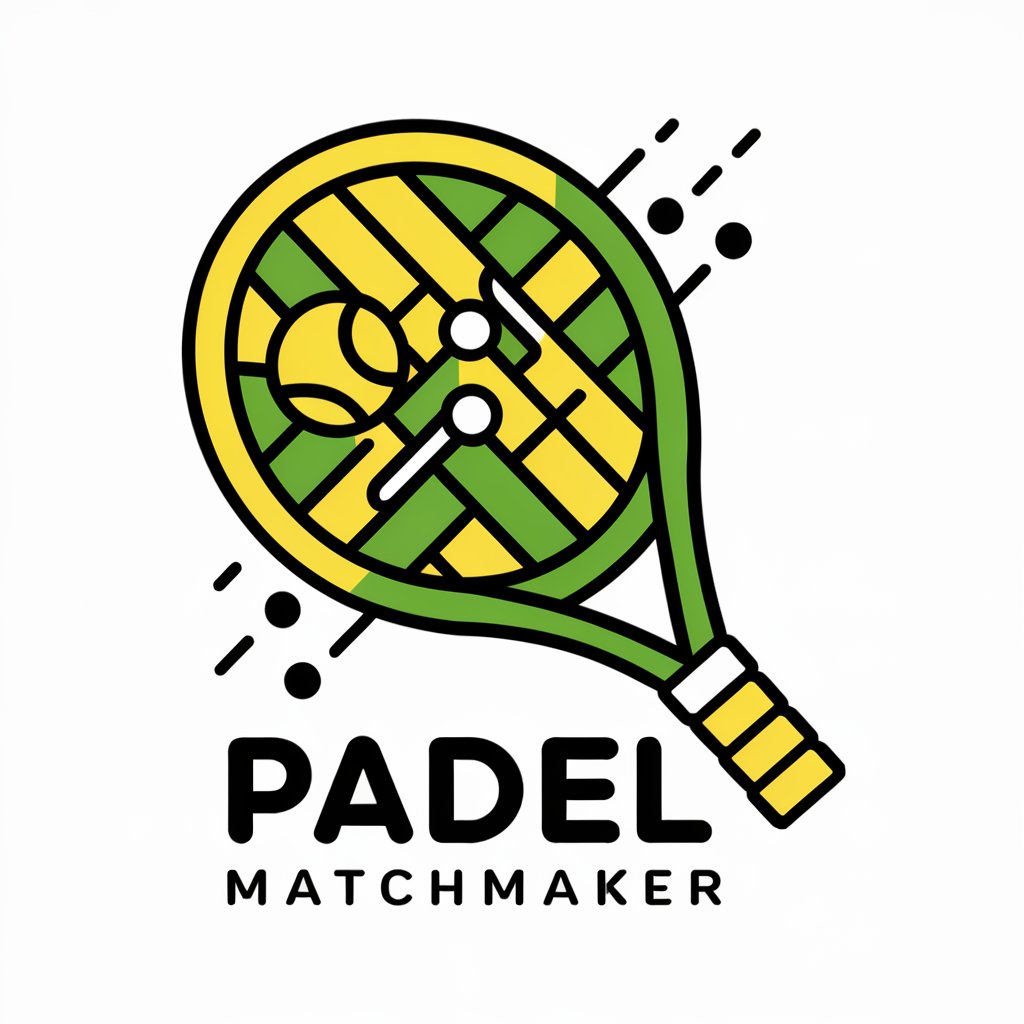
RasPer
Streamlining Family Time with AI

Impowered Code Guide
Elevate Your Code with AI

Inpainting Wizard: Frequently Asked Questions
What kind of images work best with Inpainting Wizard?
Images with well-defined textures, lighting, and high resolution provide the best results. The clearer the image, the better the AI can blend inpainted sections seamlessly.
Do I need any special software or account to use the tool?
No special software or login is needed. You can access Inpainting Wizard at yeschat.ai without requiring a subscription or ChatGPT Plus.
Can I inpaint multiple areas at once?
Yes, you can select multiple areas on your image using the mask. The AI will process all indicated regions simultaneously, ensuring consistent inpainting across the image.
What are common use cases for this tool?
Inpainting Wizard is perfect for removing unwanted objects, restoring old photos, repairing damaged images, or modifying creative artwork while maintaining coherence with the surrounding content.
How accurate is the AI at matching textures and lighting?
The AI excels at understanding and replicating textures and lighting based on surrounding areas. However, for highly complex patterns or inconsistent lighting, minor adjustments might be needed.